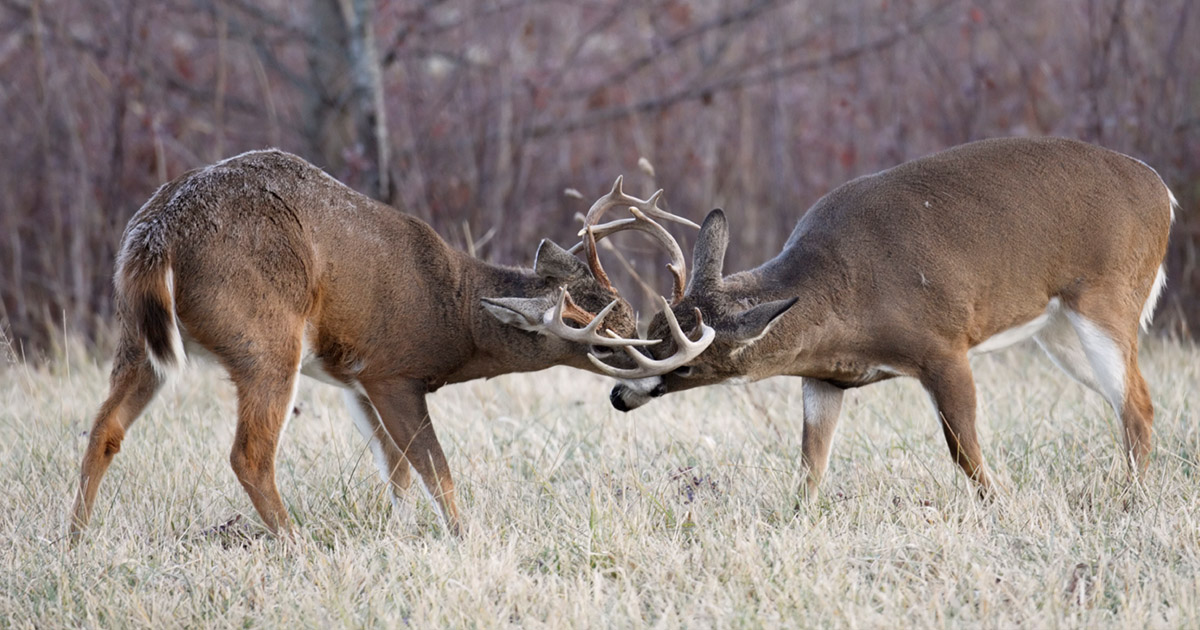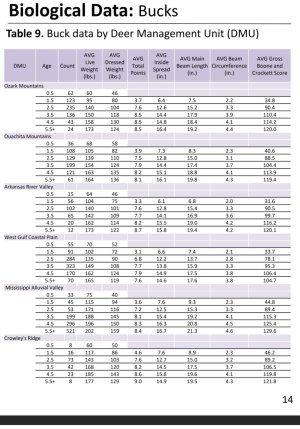omicron1792
5 year old buck +
10 was an example. Could say inches. Mass. That’s not the point."Except if the 10 pointers pass on more of their genes then the next generation will have genetics for larger antlers."
I'm looking at that quote of yours. It just sounds to me like you think a 10 is bigger than an 8. Not that it matters, no biggie.
All the studies you posted used points. Can measure that with picture, not darting them
Last edited:


